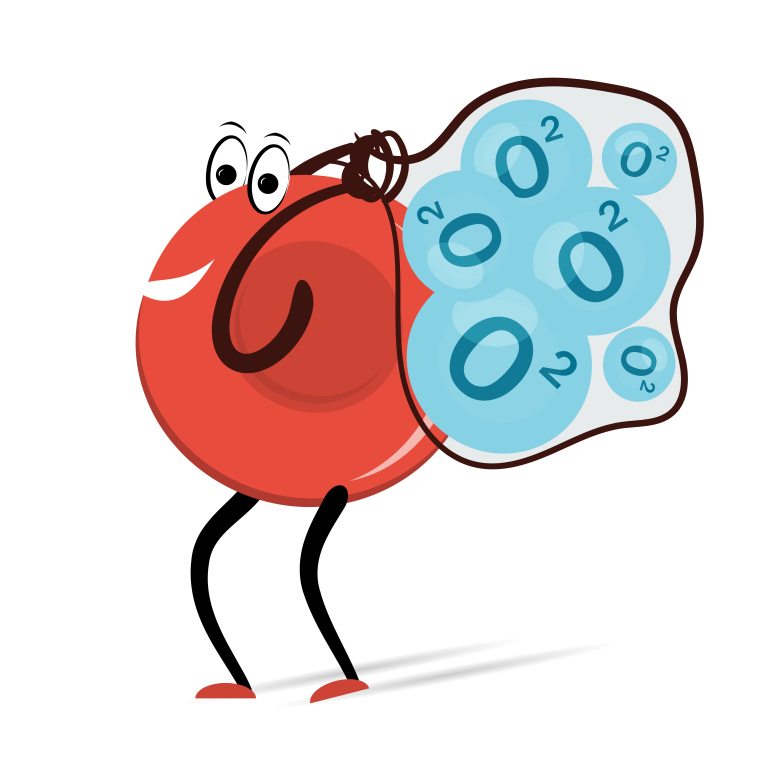
Heard about hemoglobin? It’s in your blood… literally! It can make you tired, weak, and sick…Do you know why?
Why is our blood red in color?
The Red Blood cell or RBC gets its color from Hemoglobin. It is a protein that has 4 iron chains within it; when oxygen gets attached to these chains while the blood passes via the lungs, it makes the combination of iron and oxygen produce the distinct red color. Making hemoglobin a very important part of your entire system.
Why do we need to check hemoglobin levels?
The amount of oxygen present in the bloodstream has a direct impact on how much oxygen gets received by the cells of your body. How old you look, how fresh you feel, how active you are, all are determined by the nourishment your cell gets, which includes Oxygen!
How much hemoglobin is good?
The normal range varies for men, women, and children.
Men- 13.5 to 17.5 grams per deciliter of blood
Women- 12 to 15.5 grams per deciliter of blood
What signs to watch out for symptoms of low Hemoglobin?
- Fast and irregular heartbeat
- Pale skin and gums
- Fatigue (Extreme tiredness)
- Weak muscles
- Frequent or unexplained marks on skin
- Recurring headaches
What causes hemoglobin variations?
There are a number of possible reasons such as:
- Lack of iron which is required to make new hemoglobin
- A deficiency in Vitamin B12 or folate which help in absorption of iron
- Conditions causing blood loss especially menstrual cycle
- Genetic conditions or hemoglobin defects
How to maintain the normal range?
Intake of iron-containing food like jaggery, pomegranate, beetroot, dates, and green vegetables.
- Addition of folate containing food like Avocado, Kidney beans and lettuce in diet.
- Increasing iron absorption by taking food rich in Vitamin C like orange, lemon and bell peppers.
” An important element of the blood system to keep you breathing and healthy “